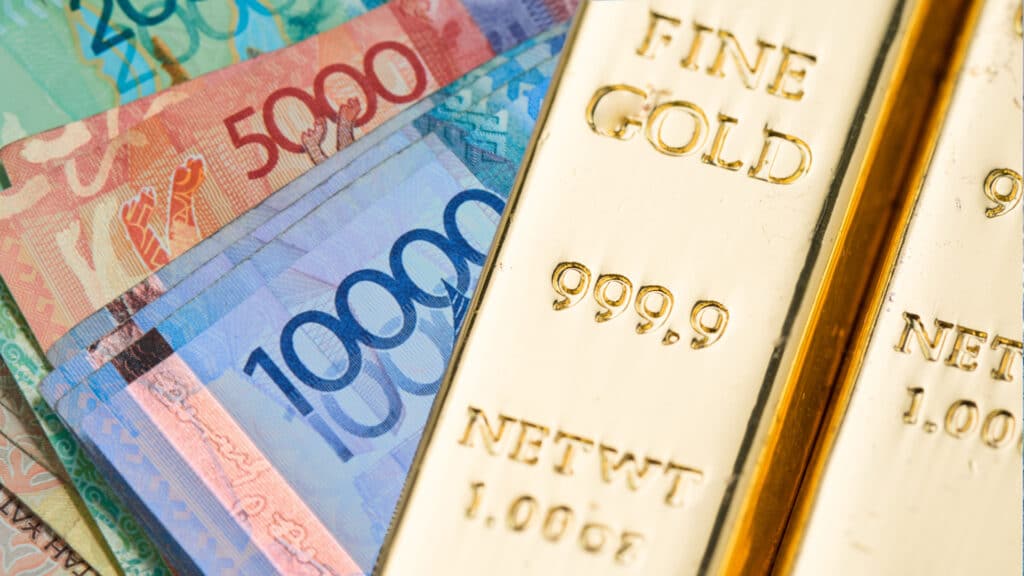Kazakhstan outpaces Russia in gold buying

Central banks acquired 16 tons of gold in March. Kazakhstan was the third biggest gold buyer in the world outpacing Russia’s net buying by just one ton. The country has also become the leading gold buyer in Central Asia, according to the World Gold Council (WGC).
«Demand [from central banks] remained healthy: monthly gross purchases were steady at 40 tons month-on-month, partly offset by gross sales of 25 tons,» WGC said.
The agency’s survey also showed that major buyers were from emerging markets. For instance, the Central Bank of Turkey added the most gold during the month (+14 tons), followed by the Reserve Bank of India and the People’s Bank of China (+5 tons each). Kazakhstan and Singapore share third place with a 4-ton increase in their net gold buying each. As WGC noted, buying strength has continued into 2024, with emerging market banks as the main driving force for both purchases and sales.
On the other hand, Uzbekistan reported the strongest decrease in net buying (-11 tons of gold). Jordan and Thailand also cut their gold reserves by 4 and 10 tons, respectively. However, for Thailand, the move was driven by the transition to an adjusted reporting format on gold rather than physically cutting the volume of its reserves. According to the WGS, in the first quarter of 2024, central banks’ demand reached 289.7 tons of gold, a 1.2% increase over the same period last year.
The Independent Precious Metals Authority (LBMA) has observed a price surge in the global gold market since October 2022, when a troy ounce of gold cost $1,665.20. As of May 3rd, 2024, the price had risen to $2,301.10 per troy ounce. In October 2023, the LBMA reported an acceleration of the gold price increase. In April 2024, BASS Gold announced that the gold price would reach $2,600 per ounce within this year, citing the opinion of experts and market participants.

